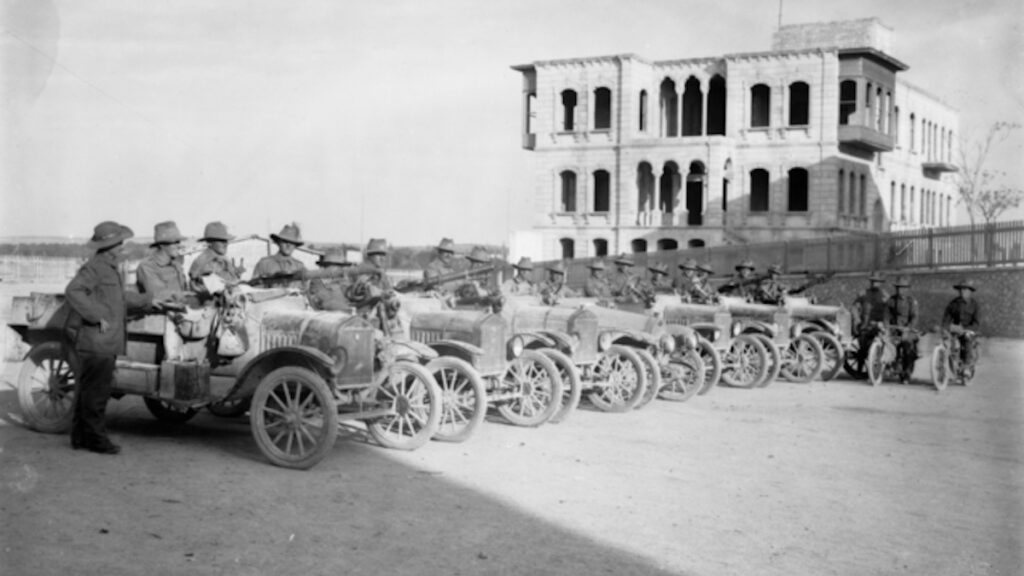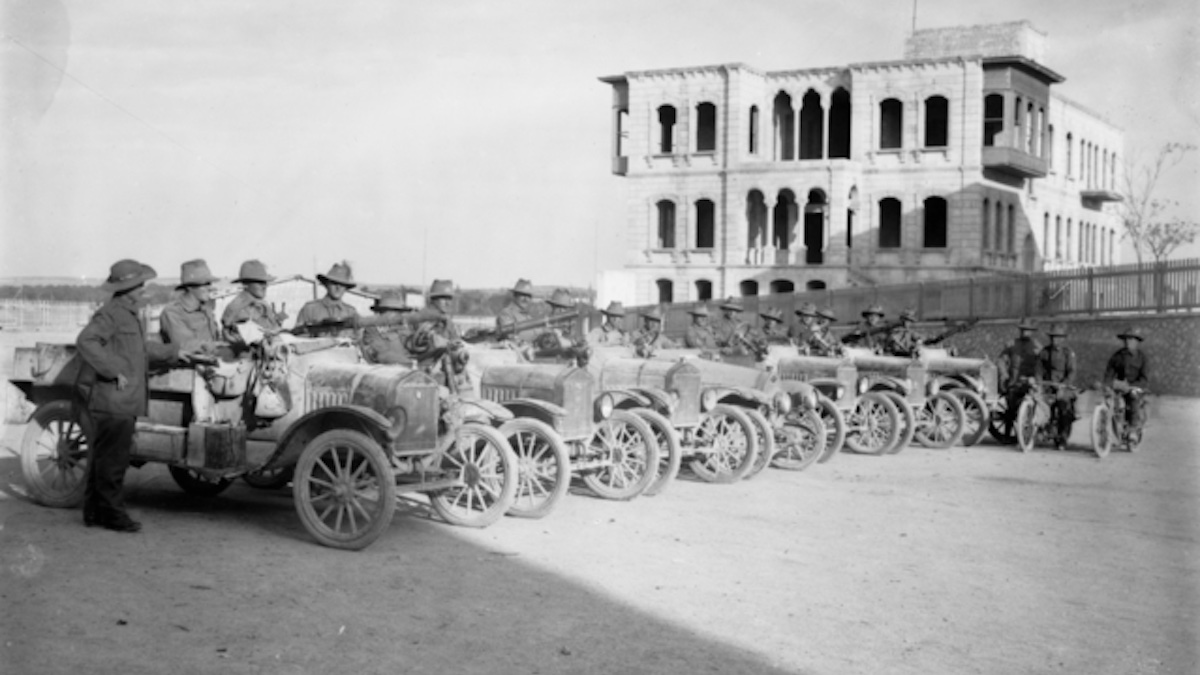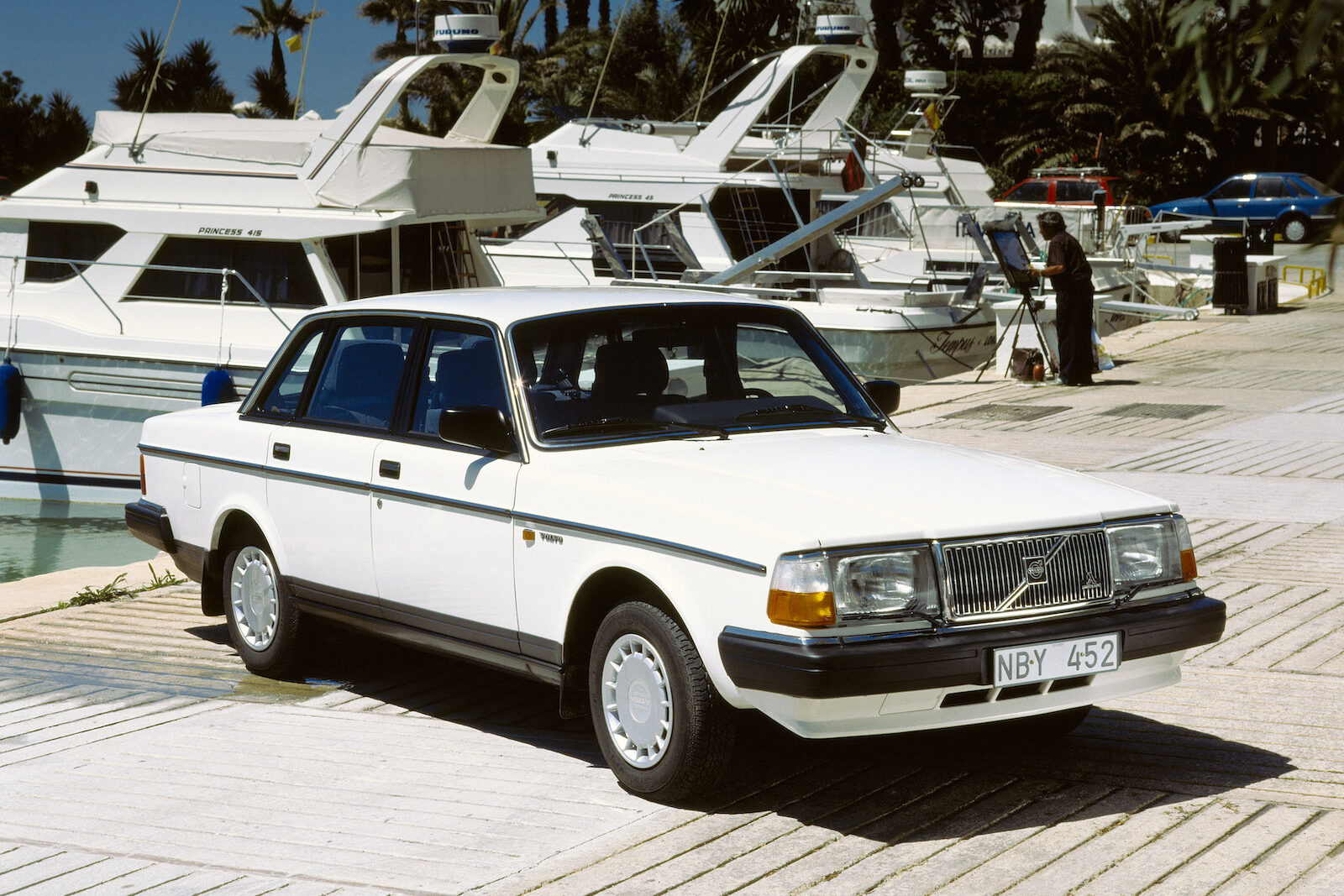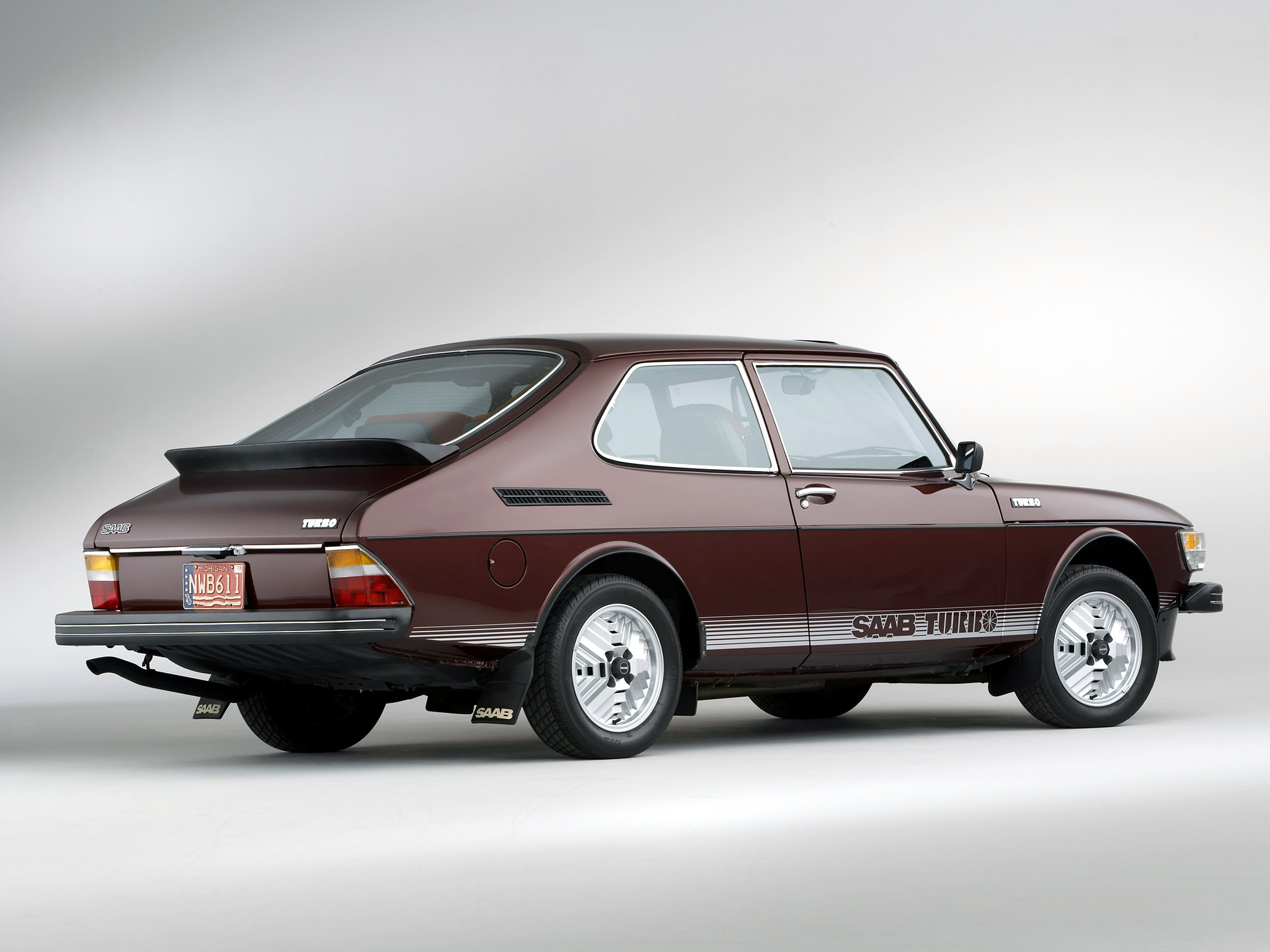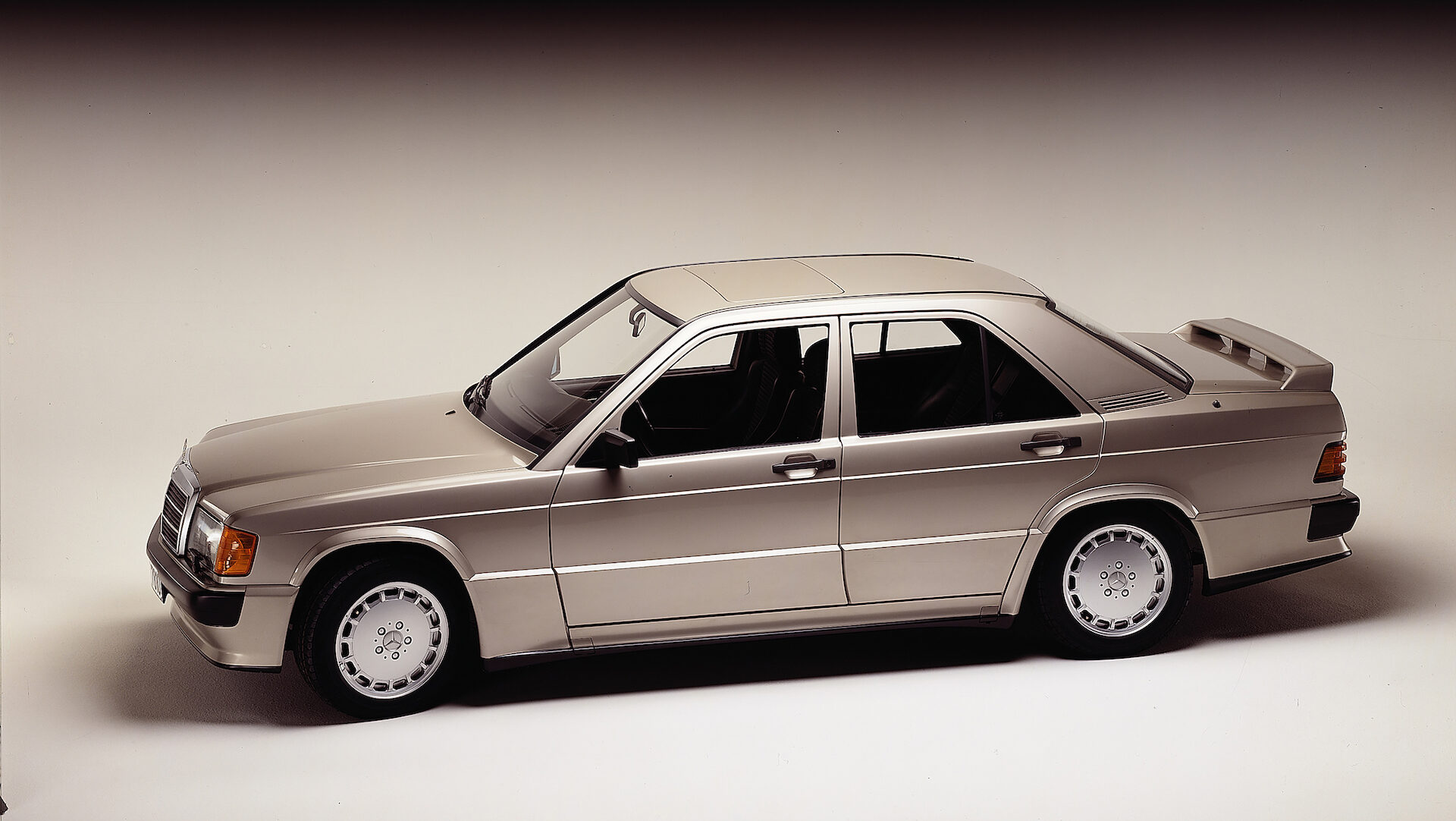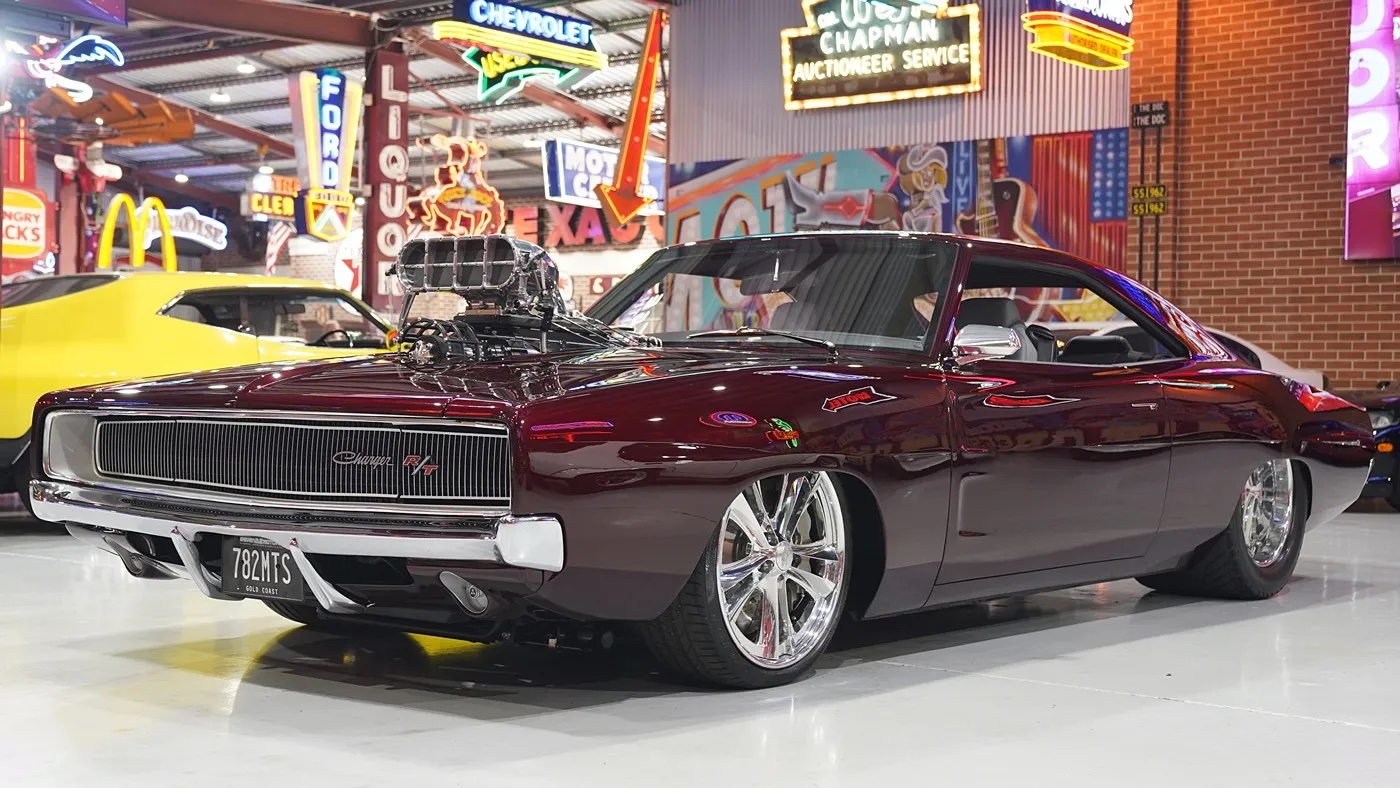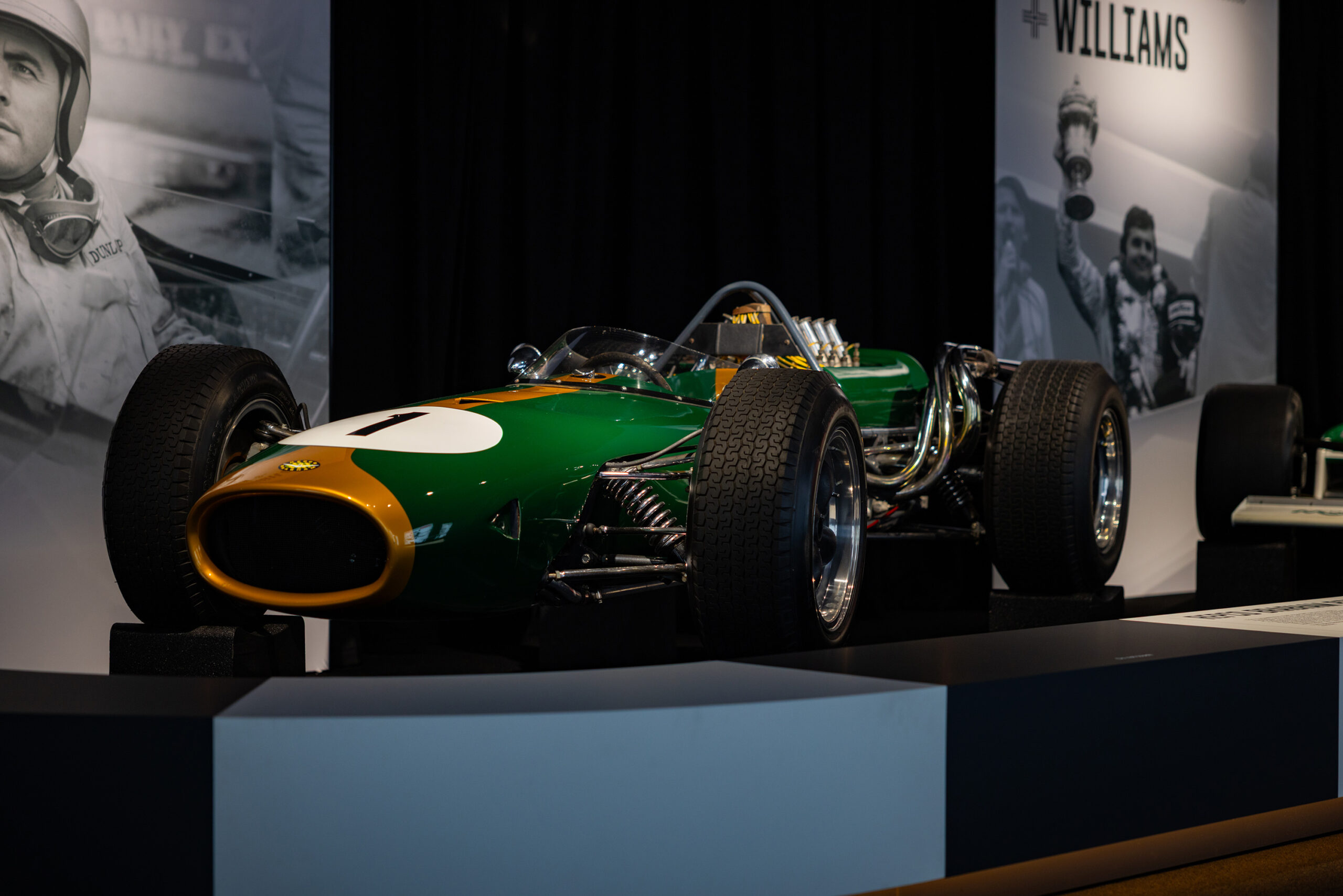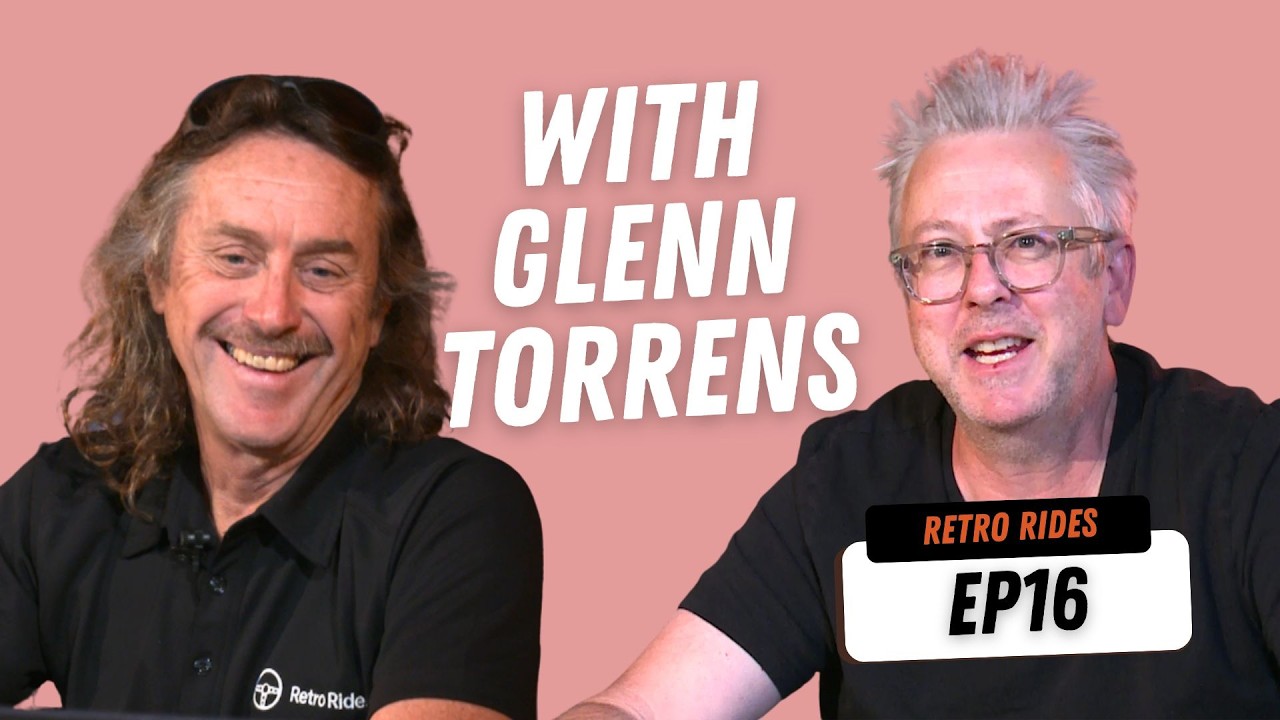When most think of typical military vehicles, the American Humvee or the Willys Jeep might be what first comes to mind.
But with today, April 25, being ANZAC Day in Australia and New Zealand, we wanted to cast your mind even further back to what our forces were using in even earlier days of the automobile.
Formed as part of the Australian Imperial Force in Melbourne 1916, right in the middle of the First World War, the 1st Light Car Patrol – originally known as the 1st Armoured Car Section, and later the 1st Armoured Car Battery – was originally deployed to fight against the Senussi in Sudan and the Western Desert.
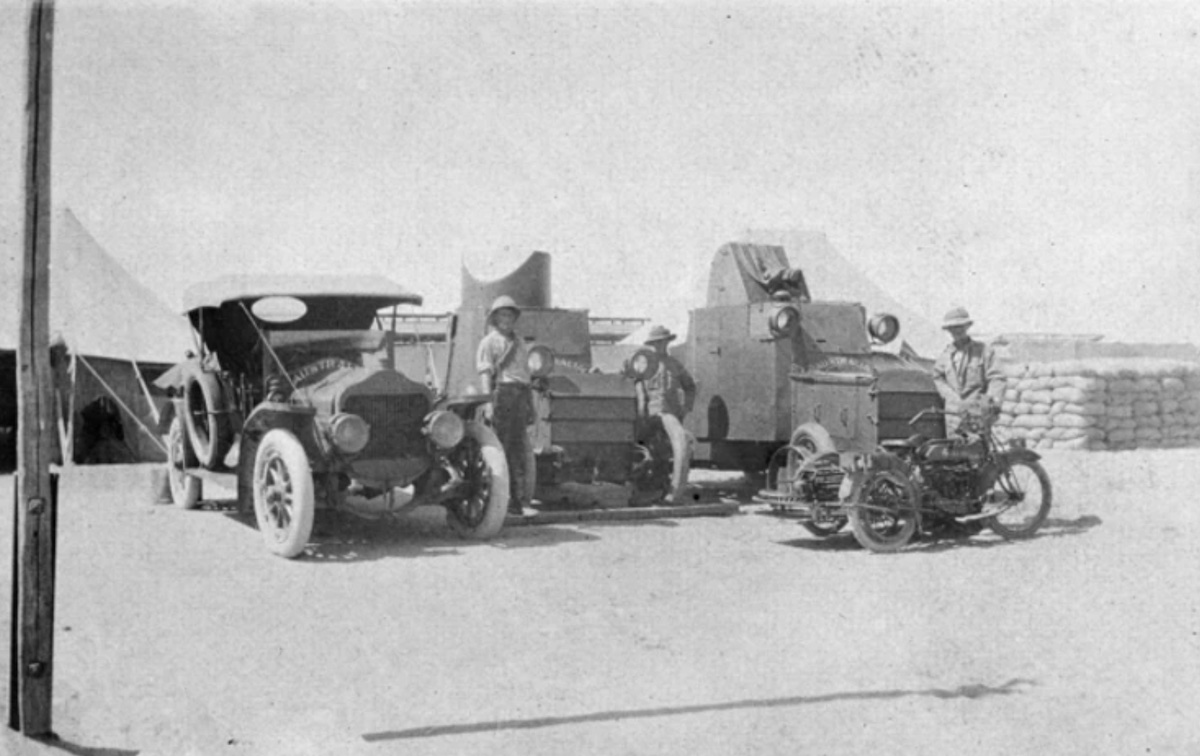
Originally, three vehicles built at Vulcan Engineering Works in South Melbourne were deployed – a 50hp Minerva, 50hp Daimler, and 60hp Mercedes – with each being armoured and the latter two fitted with Colt machine guns.
After doing battle in the Western Desert, these original three cars were irreparable due to a lack of spare parts, and so the fleet was upgraded and doubled in size with the acquisition of six Model T Fords, plus some backup support on motorcycles.
Each Model T Utility was, once again, armoured. Select cars also had machine guns fitted on the back – initially Vickers, but later Lewis. Each of the six Model Ts were given a name – Anzac, Billzac, Osatal, Silent Sue, Imshi, and Bung – and were all traded in on new models at the end of 1917.
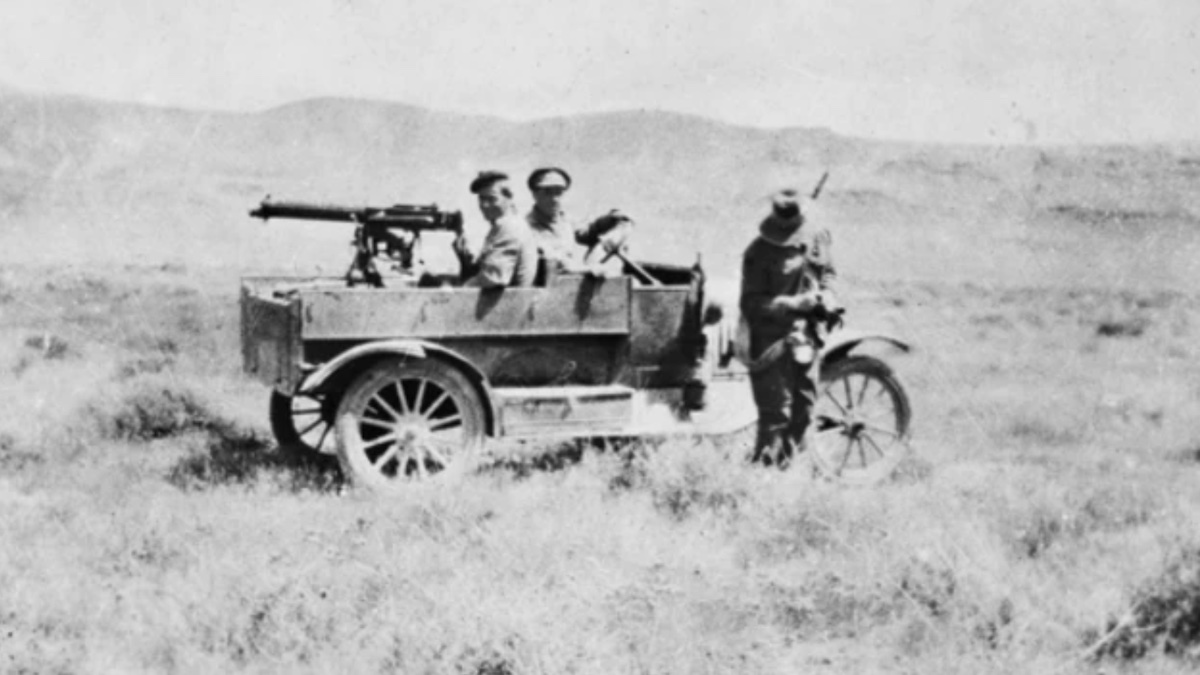
After being redeployed to Palestine by rail in 1917 to serve out the rest of the campaign there, the vehicles were used to conduct long-range reconnaissance and patrol duties alongside similar British units in the Egyptian Expeditionary Force.
At the conclusion of WWI in November 1918, they were believed to be the furthest advanced Australian unit, having reached Aleppo in Syria alongside the British Indian 5th Calvary Division.
With the rise of mass-produced cars in the early 20th Century, it’s perhaps no surprise that automotive technology was adopted during the war. However, it’s perhaps most poignant to consider that while untold amounts of money are spent developing the bespoke, heavily-armoured military vehicles of today, the Australian forces were able to do it back then with some wooden-wheeled Fords.

